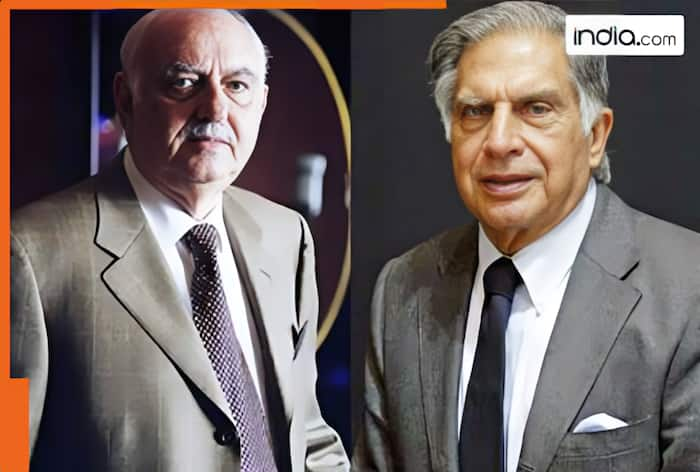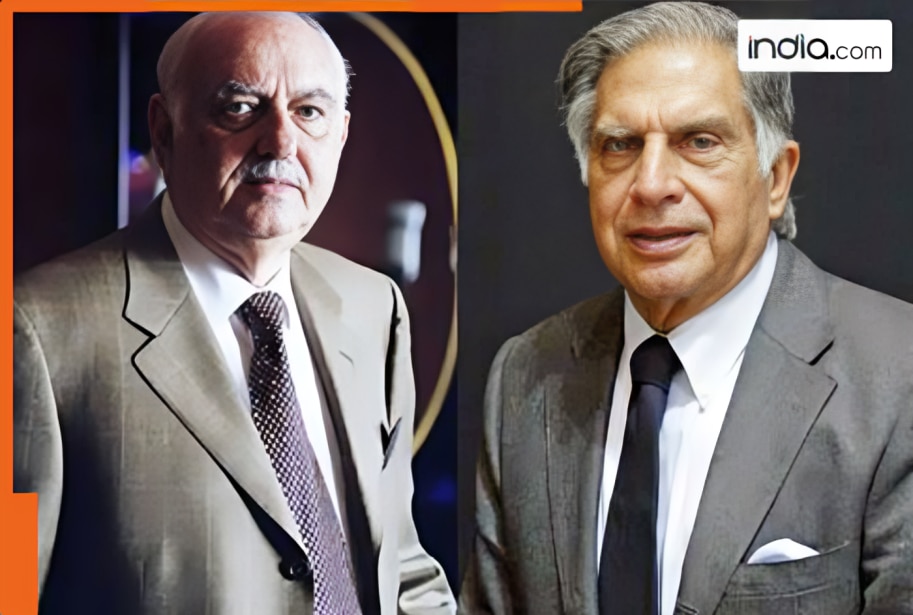Though Tata and Shapoorji Pallonji group has the oldest business and personal relationship in the history of Indian industries, still it also has some dent over the years.

Shapoorji Pallonji & Company Private Limited is one of India’s prominent industrial conglomerates. Established in 1865 in Mumbai, this business group operates in over 40 countries and has a workforce of more than 35,000 employees. Much like the Tata and Birla groups, the Shapoorji Pallonji Group (often abbreviated as SP Group) has a rich history spanning nearly 160 years. Let’s explore the journey of this iconic business empire from its inception to the present day.
Who Was Shapoorji Pallonji?
Pallonji Shapoorji Mistry (1 June 1929 – 28 June 2022) was an Indian-born Irish billionaire businessman. He was chairman of the Shapoorji Pallonji Group and also a major shareholder of India’s biggest private conglomerate, Tata Group.
The founder was Shapoorji Mistry, who built some of Mumbai’s landmarks, including the Hong Kong & Shanghai Bank, the Grindlays Bank, and the Standard Chartered Bank. Pallonji Mistry, Shapoorji’s grandson, led the company until he retired in 2012, when his son Shapoor Mistry took over.
The History of Shapoorji Pallonji Group
The Shapoorji Pallonji Group was founded by Pallonji Mistry (the great-grandfather of the late Cyrus Mistry) in 1865 under the name Littlewood Pallonji & Company. Today, the SP Group is a global and diversified conglomerate comprising 15 major companies, making its mark in engineering, construction, real estate, and beyond.
According to the Bloomberg Billionaires Index, in 2022, the net worth of this business group was approximately $30 billion. Currently, the group is led by Shapoor Mistry, the elder brother of Cyrus Mistry. After Cyrus Mistry took over as the chairman of the Tata Group in December 2012, he handed over the responsibilities of the SP Group to Shapoor Mistry. Their father, Pallonji Mistry, was famously known as the “Phantom of Bombay House,” due to his significant yet discreet influence over the Tata Group.
SP Group’s Business Portfolio
The Shapoorji Pallonji Group is renowned for its engineering prowess. Under its Afcons brand, it operates as one of the oldest domestic engineering and construction companies in India. The group has been instrumental in constructing iconic landmarks not just in India but across Asia.
Notable Projects in India: Reserve Bank of India Headquarters, Mumbai, Bombay Stock Exchange (BSE) Towers, Mumbai, Oberoi Hotel, Mumbai
International Projects: Al Alam Palace for the Sultan of Oman, known for its striking blue and gold architecture, Jumeirah Lake Towers, Dubai Ebene Cyber City, Mauritius
These architectural marvels showcase the group’s capability in building luxury hotels, stadiums, skyscrapers, and industrial factories.
Shapoorji Pallonji And Tata Group Historical Relationship
The Shapoorji Pallonji Group has had a long-standing relationship with the Tata Group, being the largest individual shareholder with an 18.4% stake in Tata Sons, the holding company of the Tata Group. This connection began over 90 years ago, and it remains one of the most influential alliances in the Indian corporate landscape.
Shapoor Mistry, the head of the Shapoorji Pallonji Group, has a remarkable family fortune, including an 18.4% stake in Tata Sons, valued at approximately $130 billion.
However, the relationship faced challenges after Cyrus Mistry was ousted as the chairman of the Tata Group in 2016, leading to a legal and corporate tussle. Noel Tata is the son-in-law of the late Pallonji Mistry and brother-in-law of SP Group chairman Shapoorji Mistry and the late Cyrus Mistry. Cyrus Mistry was ousted as Tata Sons Chairman in 2016.
Despite these hurdles, the Shapoorji Pallonji Group has continued to thrive independently, diversifying into various sectors like real estate, infrastructure, water treatment, and renewable energy.
With over 150 years of experience, the Shapoorji Pallonji Group has cemented its position as one of India’s leading industrial powerhouses. The group’s projects have not only shaped India’s skyline but have also contributed significantly to infrastructure development across Asia and beyond.

